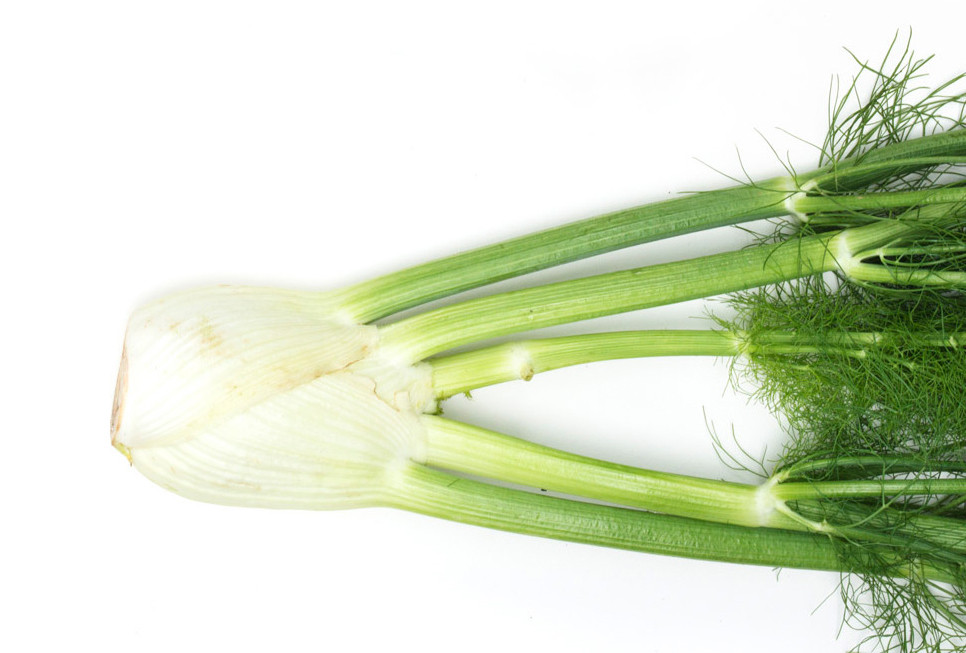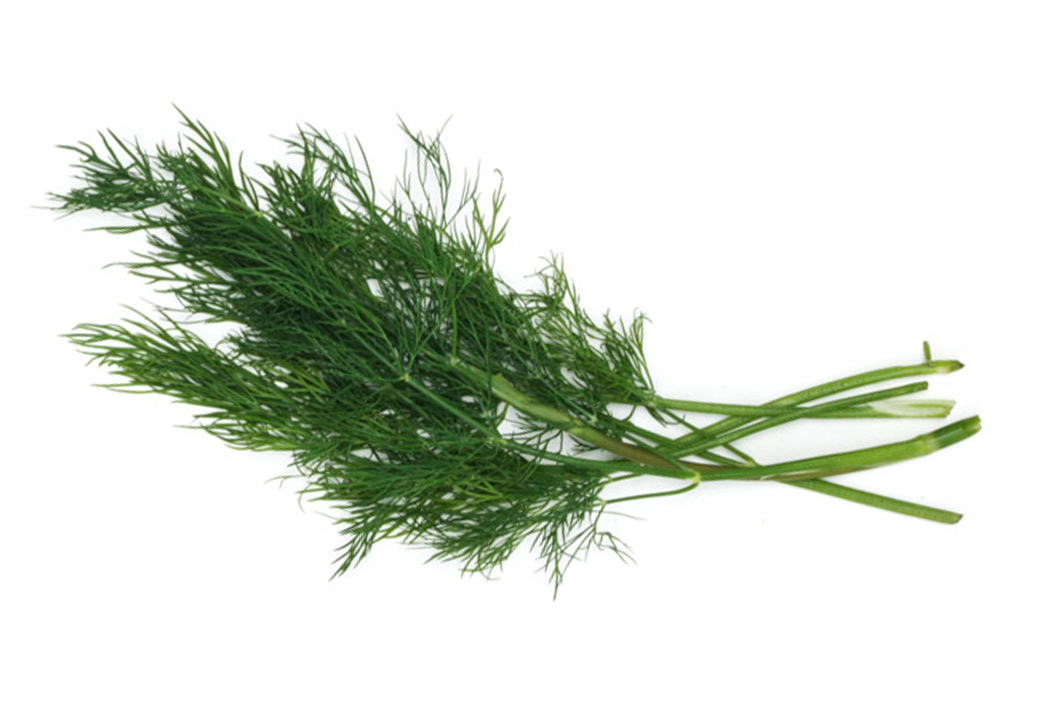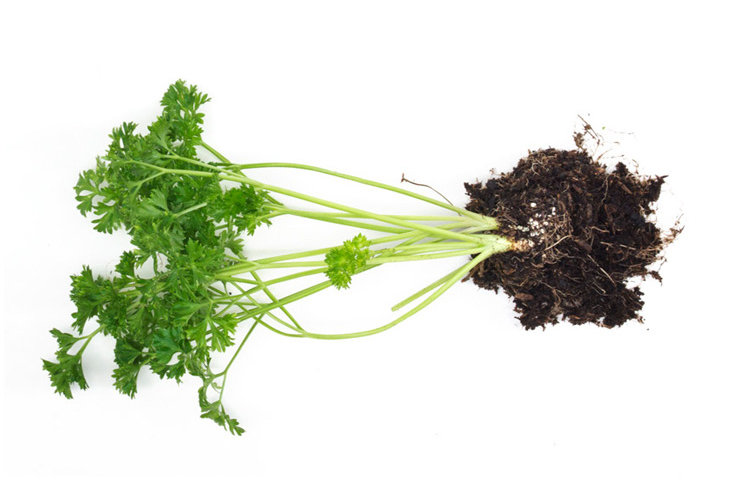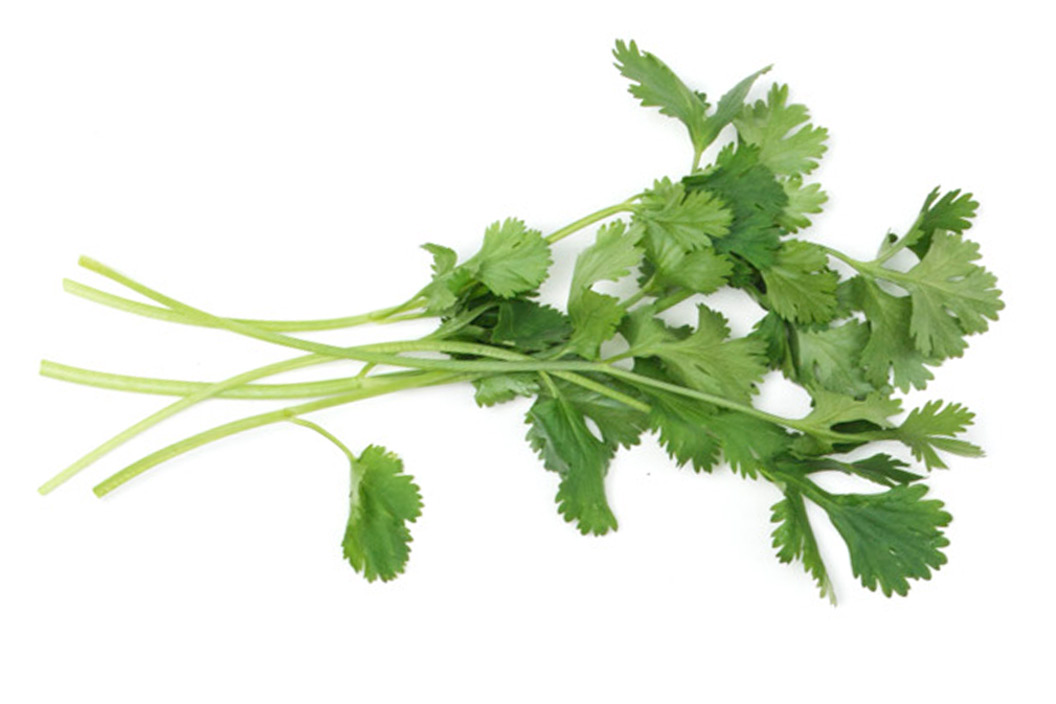Stop mourning the loss of your prized daylilies, and instead, celebrate the chance to plant something a bit more savory. Fall in Dallas is ripe for growing cool-temperature herbs, all of which make fruitful—and beautiful—additions to your garden. The culinary herbs included here are great candidates for fall planting in Texas.
But before you go for your trowel, there are a few things you need to know. Herbs should be direct seeded or transplanted into soil enriched with compost and fed with an herb fertilizer. The ideal time to plant them is from September to early November. It’s best to choose a sunny location, though they can tolerate some afternoon shade. Young specimens will require more frequent watering, but for the most part, winter rainfall should sustain herbs throughout their growing season. Foliage can be harvested continuously through winter and spring.
Fennel
It may be difficult to tell fennel and dill plants apart, with their closely resembling, feathery foliage. The easiest way to distinguish between the two is to pinch and smell the leaves—common fennel produces a licorice-like scent. The plant also exhibits impressive, 5-foot-tall yellow umbel blooms and is easily grown from seed. Plant bronze fennel for some color in the garden. If you’re looking to harvest and cook bulb fennel, seek out the seed labeled ‘Florence.’
Caraway
You might have to hunt for transplants of caraway, but fortunately it’s easily grown from seed—in fact, it performs best that way. Caraway plants produce lacy leaves, flowers resembling those of cilantro, and seeds with a sharp licorice flavor. And while it’s the seeds you’ll be harvesting from this herb, its leaves are also edible and impart a dill-like flavor.
Dill
While dried dill can add flavor to dishes, fresh dill positively brings food to life. Easy-to-sustain dill plants typically grow 3 to 4 feet tall and reseed freely. Leaves are fine and feathery. There are several dill varieties to choose from, but the type most commonly found at the garden center is ‘Bouquet.’ For a smaller, slow-to-bolt specimen, look for ‘Fernleaf.’
Parsley
Curly parsley, famous as a garnish, puts on an even more impressive show in the garden. The herb creates a striking emerald-green backdrop for your blooming color during winter months. Frost-hardy parsley can be planted both in the garden and in mixed planters, and it makes the perfect companion for pansies and violas. Flat-leaf parsley also features as an attractive ornamental.
Garlic
While it’s not time to harvest garlic in Texas, it is time to plant it. Cloves must be planted in October, since they require a cold period and specific photoperiods to produce full bulbs. Plant cloves in a full-sun location, an inch deep and six inches apart in loose soil. Bulbs should be ready to enjoy the following May or June.
Cilantro
Given the exalted status of our Tex-Mex cuisine, it’s almost criminal that we can’t grow cilantro along with tomatoes and hot peppers in the summer. Alas, cilantro is an unwilling participant in the scorching heat. This time of year, however, it thrives when planted in a sunny spot. It grows easily from seed.
Get the AtHome Newsletter
Enjoy Dallas' best trends, hot properties, and tips from local designers to help you nest in style delivered weekly.












